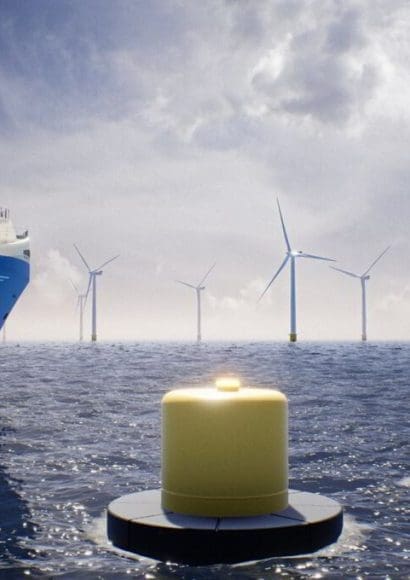
Navigating the vast oceans has always been a challenge, but thanks to innovations in maritime navigation, sailors and ship captains now have a plethora of tools at their disposal to chart their course with precision and safety. From ancient techniques like using stars to cutting-edge technologies such as GPS and autonomous systems, the way we navigate the seas has transformed dramatically over time.
In this article, we’ll explore some of the latest advancements in maritime navigation, highlighting how they make sea travel safer, more efficient, and even more environmentally friendly. Whether you’re a seasoned sailor or just curious about the wonders of the ocean, join us as we embark on a journey through the exciting world of innovations in maritime navigation.
Contents
In the vast expanse of the oceans, sailors have always relied on the stars, the sun, and even the moon to find their way. This ancient art of navigation, steeped in tradition and history, guided ships across the seas for centuries. But as time marched forward, so did the need for more reliable and efficient methods of maritime navigation. Enter the era of Innovations in Maritime Navigation.
Historical Methods Meet Modern Technologies.
Centuries ago, sailors braved the unknown using rudimentary tools like compasses and maps, coupled with the wisdom passed down through generations. These methods, though effective in their time, often left sailors at the mercy of unpredictable weather and treacherous waters. Fast forward to the present day, and we find ourselves in a world where technology reigns supreme. GPS, or Global Positioning System, has become the cornerstone of modern maritime navigation, offering sailors pinpoint accuracy and real-time tracking capabilities like never before. No longer do sailors need to rely solely on the heavens above; they now have satellites guiding their every move.
The Impact of Advancements on Efficiency and Safety.
With the advent of GPS and other advanced navigation technologies, the efficiency and safety of sea travel have soared to new heights. Ships can now plot the most direct routes, saving both time and fuel costs. Additionally, the ability to accurately track vessels in real time has greatly enhanced safety at sea, allowing for swift response to emergencies and reducing the risk of collisions. These advancements not only benefit the sailors but also have ripple effects throughout the global economy, as goods can be transported more swiftly and reliably than ever before.
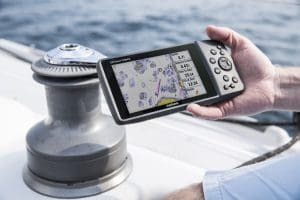
One notable case study of successful navigation innovation is the implementation of autonomous ships. These unmanned vessels, guided by sophisticated AI algorithms and sensors, have shown great promise in reducing human error and increasing efficiency. In 2022, the world witnessed the maiden voyage of the “Sea Voyager,” the first fully autonomous cargo ship to traverse the Atlantic Ocean. Despite initial skepticism, the voyage was a resounding success, showcasing the potential of autonomous navigation to revolutionize the maritime industry.
Discover Delicious Dishes: 5 Recipes with Guitarfish.
Looking to add a unique and flavorful twist to your culinary repertoire? Look no further than these mouthwatering recipes featuring guitarfish!
Cutting-Edge Technologies Driving Innovation.🐟
In the vast expanse of the ocean, where the horizon stretches endlessly, modern marvels of technology are reshaping the way ships navigate the waters. From the heavens above to the depths below, these innovations are revolutionizing maritime navigation, making sea travel safer, more efficient, and even more thrilling. Let’s delve into the world of Cutting-Edge Technologies Driving Innovation and discover how these advancements are shaping the future of maritime exploration.
Gone are the days of relying solely on the stars to chart a course across the ocean. With the advent of GPS (Global Positioning System) and satellite navigation systems, sailors now have access to precise and reliable positioning data at their fingertips. These systems utilize a network of satellites orbiting the Earth to triangulate the exact location of a ship, providing real-time updates on its position, speed, and heading. No more guessing or second-guessing—GPS ensures that sailors can navigate with confidence, even in the most remote corners of the sea.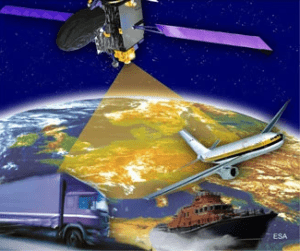
Autonomous Ships and Unmanned Vessels.
Imagine a world where ships sail the seas without a crew onboard—a world where autonomous vessels navigate the waters with the precision of a seasoned captain. This future is not as distant as it may seem. Autonomous ships, equipped with advanced AI (Artificial Intelligence) and sensor technology, are already setting sail on experimental voyages, paving the way for a new era of maritime transportation. These unmanned vessels offer numerous benefits, from reducing human error to lowering operating costs and increasing efficiency. As technology continues to evolve, so too will the capabilities of autonomous ships, ushering in a new age of seafaring.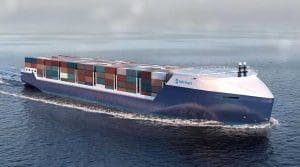
In the fast-paced world of maritime navigation, having a clear understanding of one’s surroundings is paramount to safety and efficiency. Enter augmented reality navigation displays, a cutting-edge technology that overlays real-time navigational information onto the ship’s surroundings, providing sailors with enhanced situational awareness. With AR (Augmented Reality) displays, sailors can visualize navigational data such as charts, buoys, and hazards directly on their field of view, making it easier to navigate complex waterways and avoid obstacles.
Environmental Considerations and Sustainability.🐟
In the vast blue expanse of our oceans, preserving the delicate balance of marine ecosystems is paramount. As we navigate the waters, it’s crucial to consider the environmental impact of our actions and strive towards sustainable practices that protect our planet for future generations. Let’s dive into the realm of Environmental Considerations and Sustainability in maritime navigation, exploring how we can chart a course towards a greener, cleaner future.
As stewards of the sea, it’s our responsibility to minimize our ecological footprint and embrace practices that promote environmental conservation. One way we can achieve this is through the integration of eco-friendly navigation practices. This includes reducing fuel consumption by optimizing routes, minimizing emissions through efficient engine operation, and adopting technologies that mitigate harm to marine life. By embracing these practices, we can navigate the seas with a lighter touch, preserving the beauty and biodiversity of our oceans for generations to come.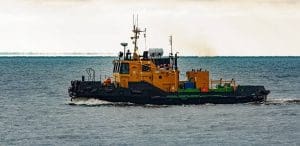
Reduction of Carbon Footprint through Optimized Routes.
Every voyage taken by a ship leaves behind a carbon footprint, but there are ways to minimize this impact. By carefully planning and optimizing routes, ships can reduce fuel consumption and emissions, thereby lowering their carbon footprint. Utilizing advanced navigation technologies like GPS and satellite systems allows vessels to plot the most fuel-efficient paths, avoiding unnecessary detours and reducing overall environmental impact. Through strategic route planning, we can sail towards a more sustainable future, one voyage at a time.
Innovations in Clean Energy Propulsion for Ships.
The future of maritime navigation lies in harnessing the power of clean energy to propel ships across the seas. Innovations in clean energy propulsion, such as hydrogen fuel cells, wind-assisted propulsion, and electric propulsion systems, offer promising alternatives to traditional fossil fuel-powered engines. These technologies not only reduce harmful emissions but also decrease reliance on finite resources, paving the way for a more sustainable shipping industry. By investing in clean energy solutions, we can sail towards a greener future where ships glide silently across the waves, powered by the forces of nature.
5 Recipes with Sargo Fish.
Elevate your culinary adventures with the delectable flavors of Sargo fish! Whether you’re a seafood connoisseur or just starting to explore the wonders of cooking with fish, these five recipes are sure to tantalize your taste buds.
Challenges and Future Prospects.🐟
Navigating the ever-changing seas of technological advancement comes with its fair share of challenges and opportunities. As we sail towards the horizon of tomorrow, it’s important to navigate through the obstacles while keeping an eye on the promising prospects that lie ahead. Let’s chart a course through the realm of Challenges and Future Prospects in maritime navigation, exploring the hurdles we face and the bright future that awaits us.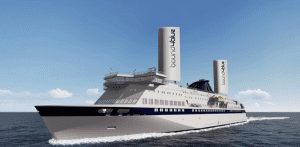
As technology continues to evolve at a rapid pace, maritime industries are eager to embrace new navigation technologies that promise to revolutionize sea travel. However, navigating through regulatory hurdles can often feel like sailing through stormy waters. From compliance with international maritime laws to securing approvals from regulatory bodies, adopting new navigation technologies requires careful navigation through a sea of red tape. Despite these challenges, industry stakeholders must work together to streamline regulatory processes and facilitate the adoption of innovative technologies that enhance safety, efficiency, and sustainability at sea.
In an increasingly interconnected world, where ships rely on digital systems for navigation and communication, cybersecurity has emerged as a critical concern. Just as pirates once posed a threat to sailors on the high seas, cyber attackers now pose a threat to interconnected navigation systems. From malware targeting onboard systems to ransomware attacks disrupting maritime operations, the digital landscape presents new challenges for maritime cybersecurity. 
As we peer into the crystal ball of maritime navigation, what do we see on the horizon? The future promises a sea of possibilities, with innovations like autonomous ships, augmented reality navigation displays, and clean energy propulsion systems leading the way. We predict that maritime navigation will become increasingly automated, with AI-powered systems guiding ships with unparalleled precision and efficiency. Furthermore, we anticipate a greater emphasis on sustainability, with ships adopting eco-friendly practices and clean energy solutions to reduce their environmental impact.


